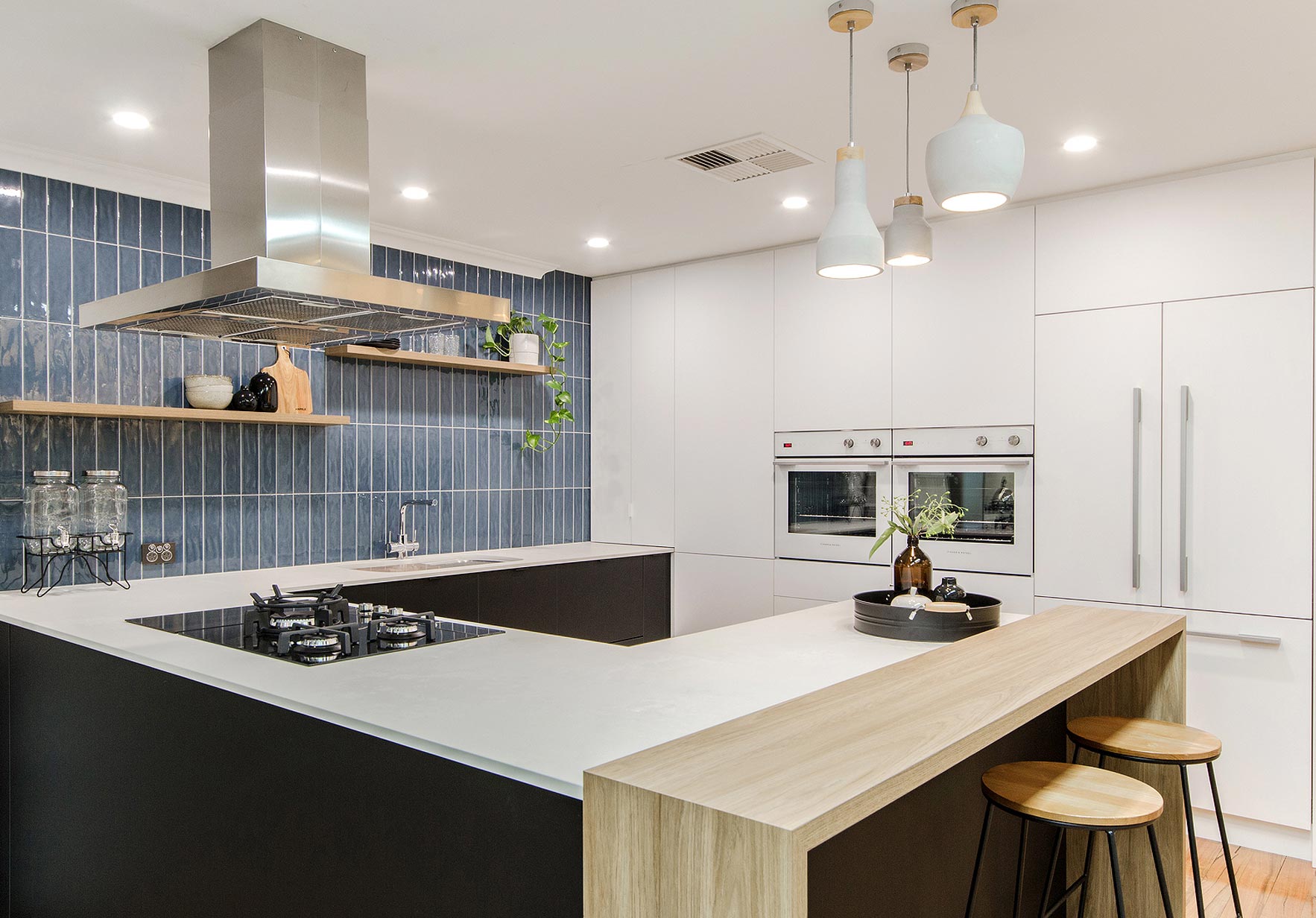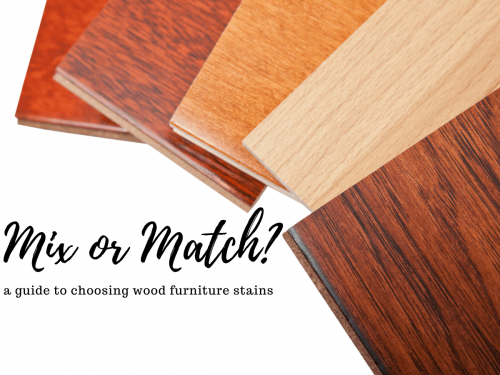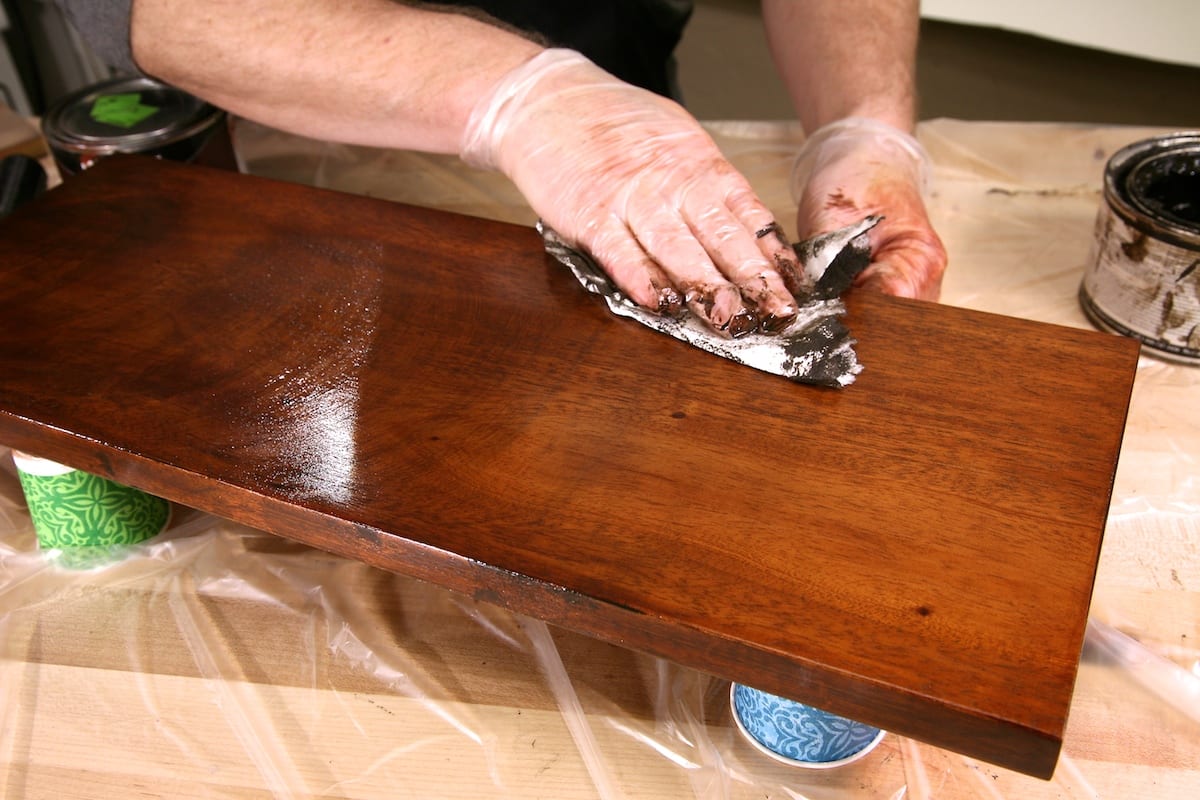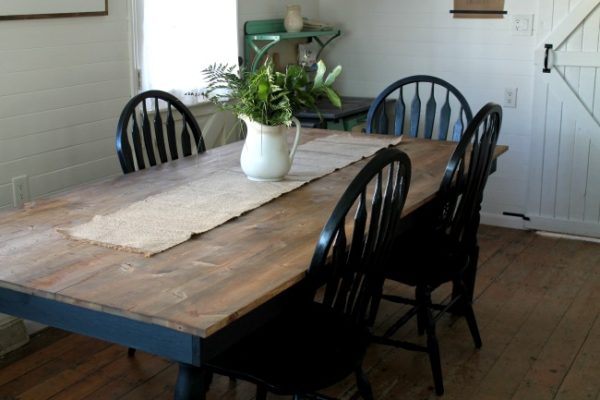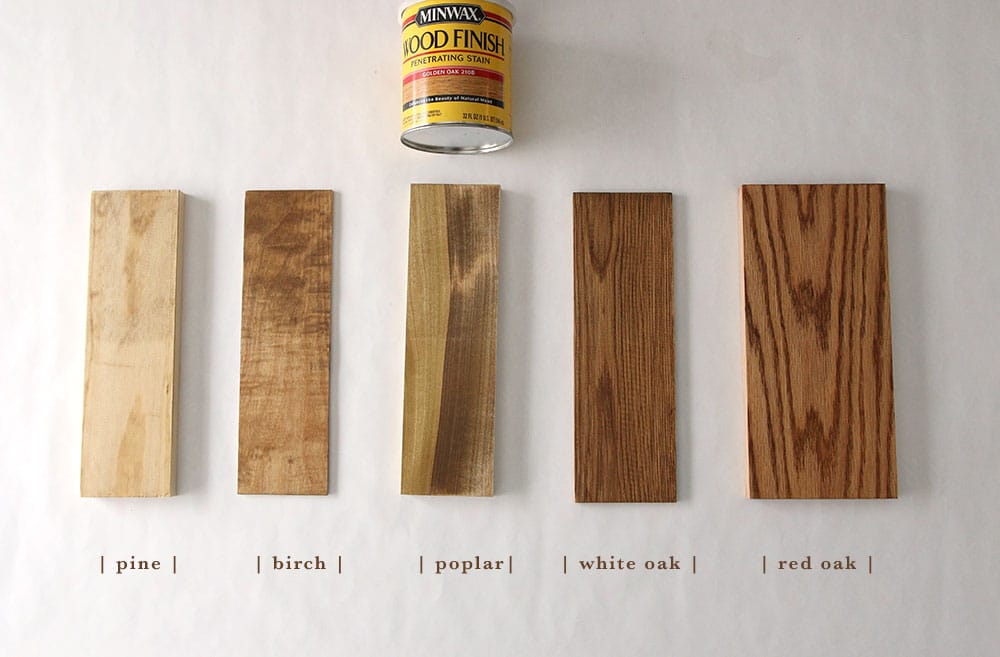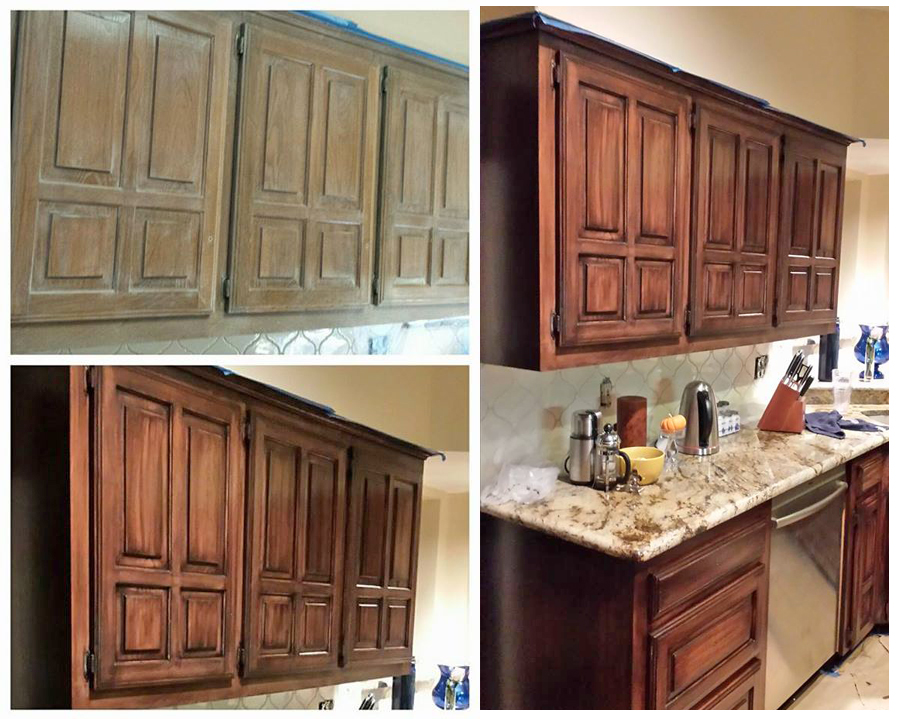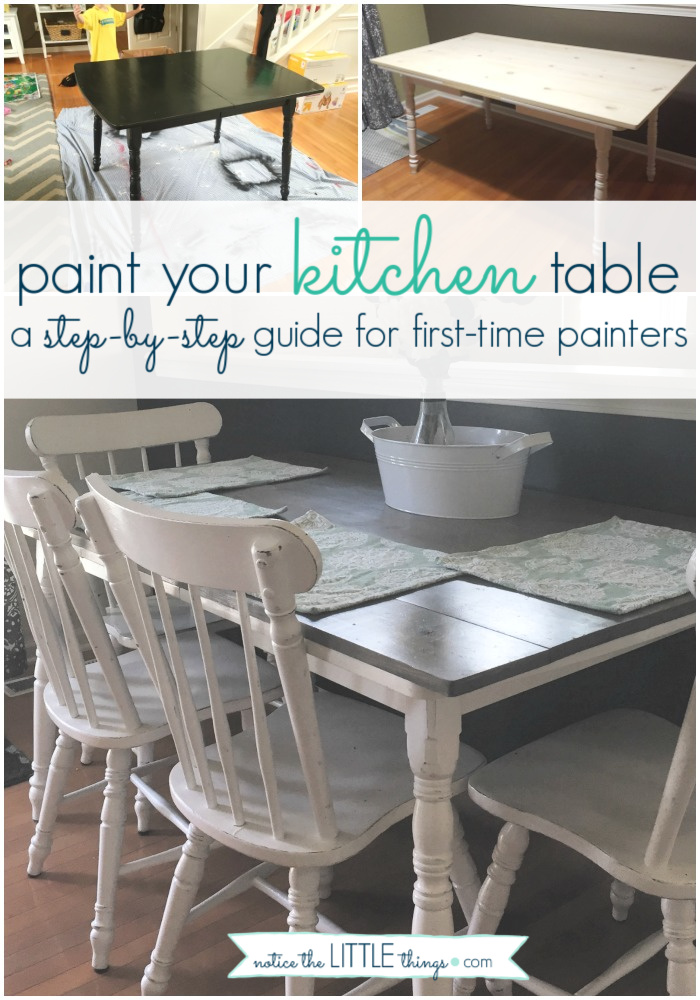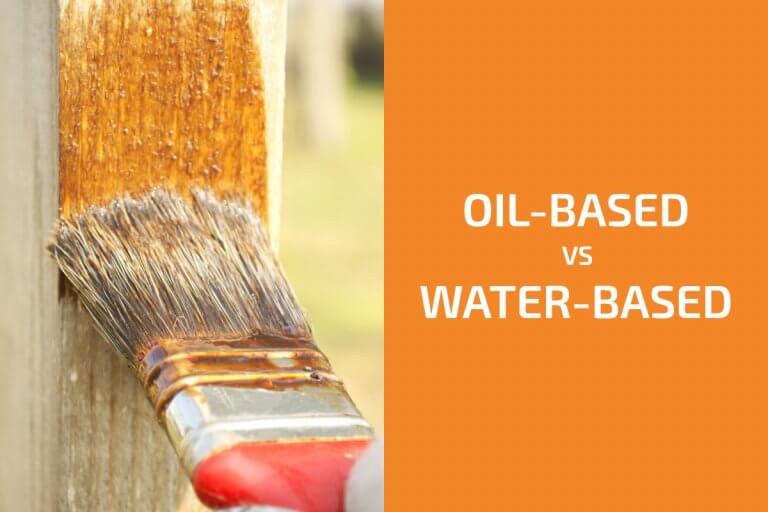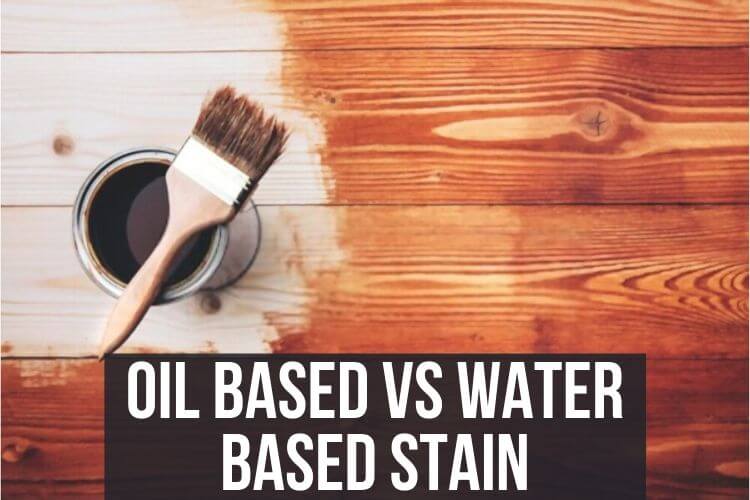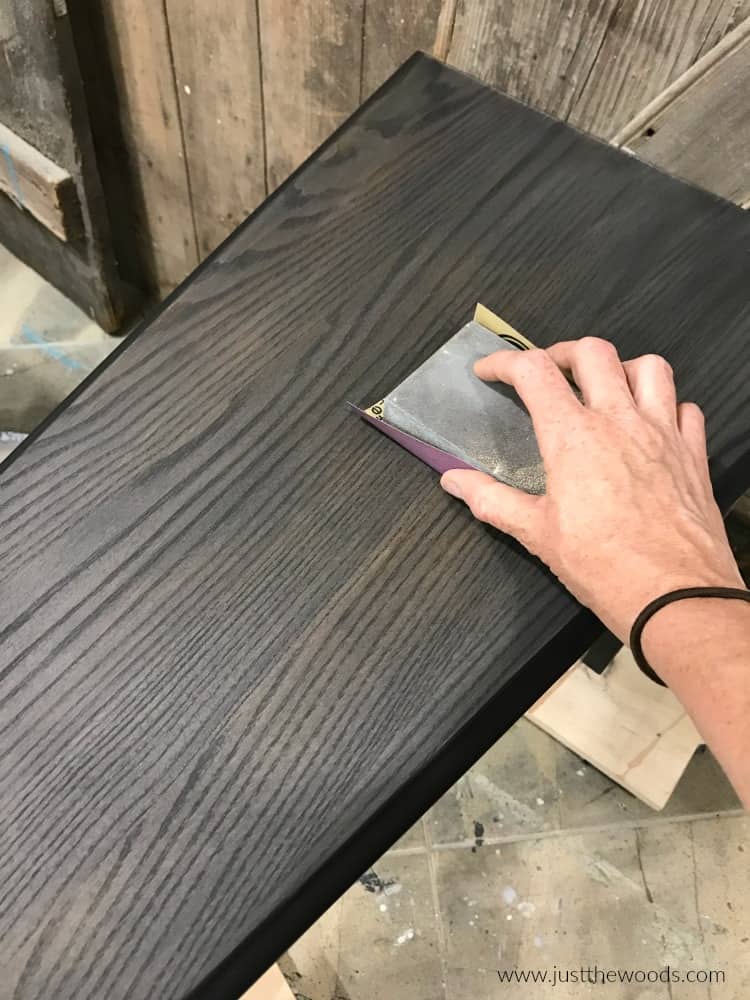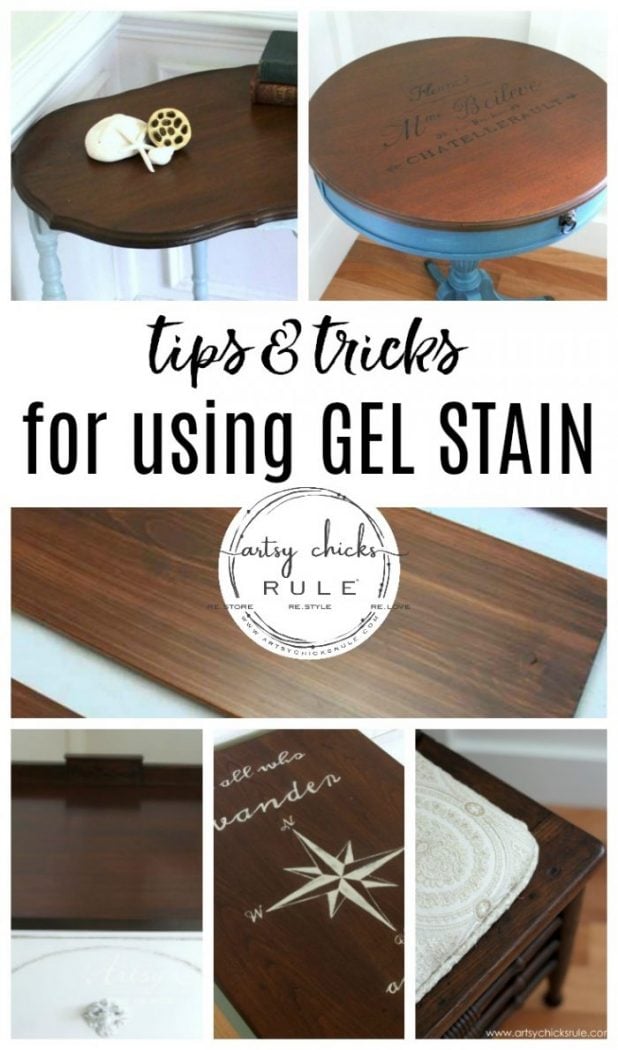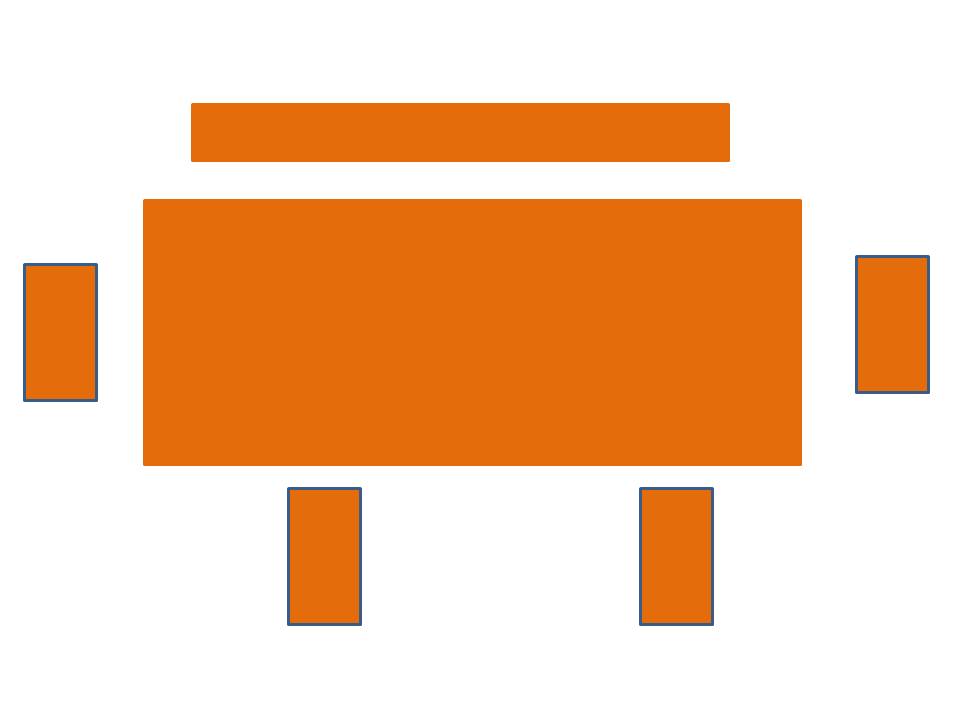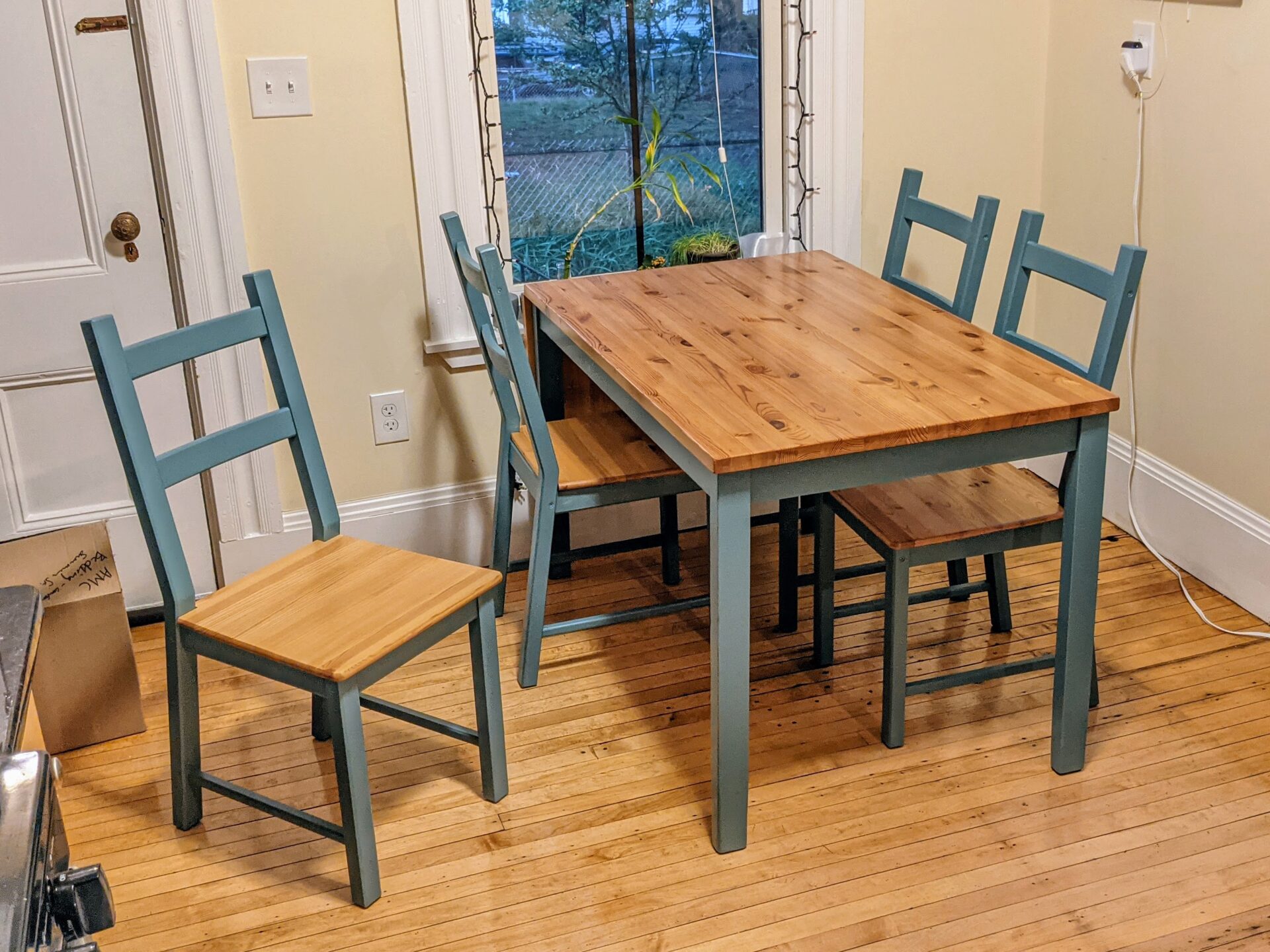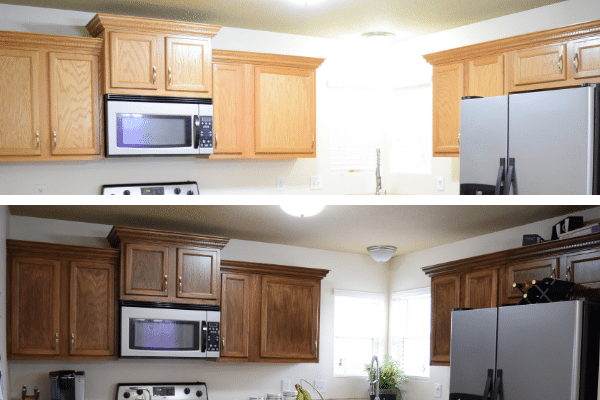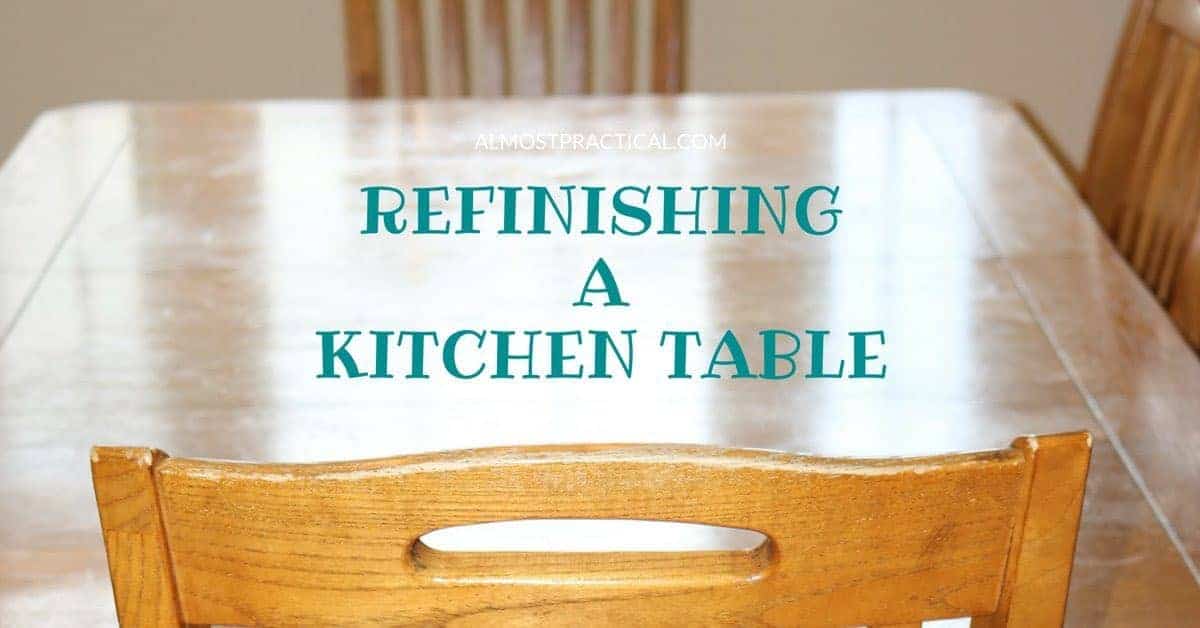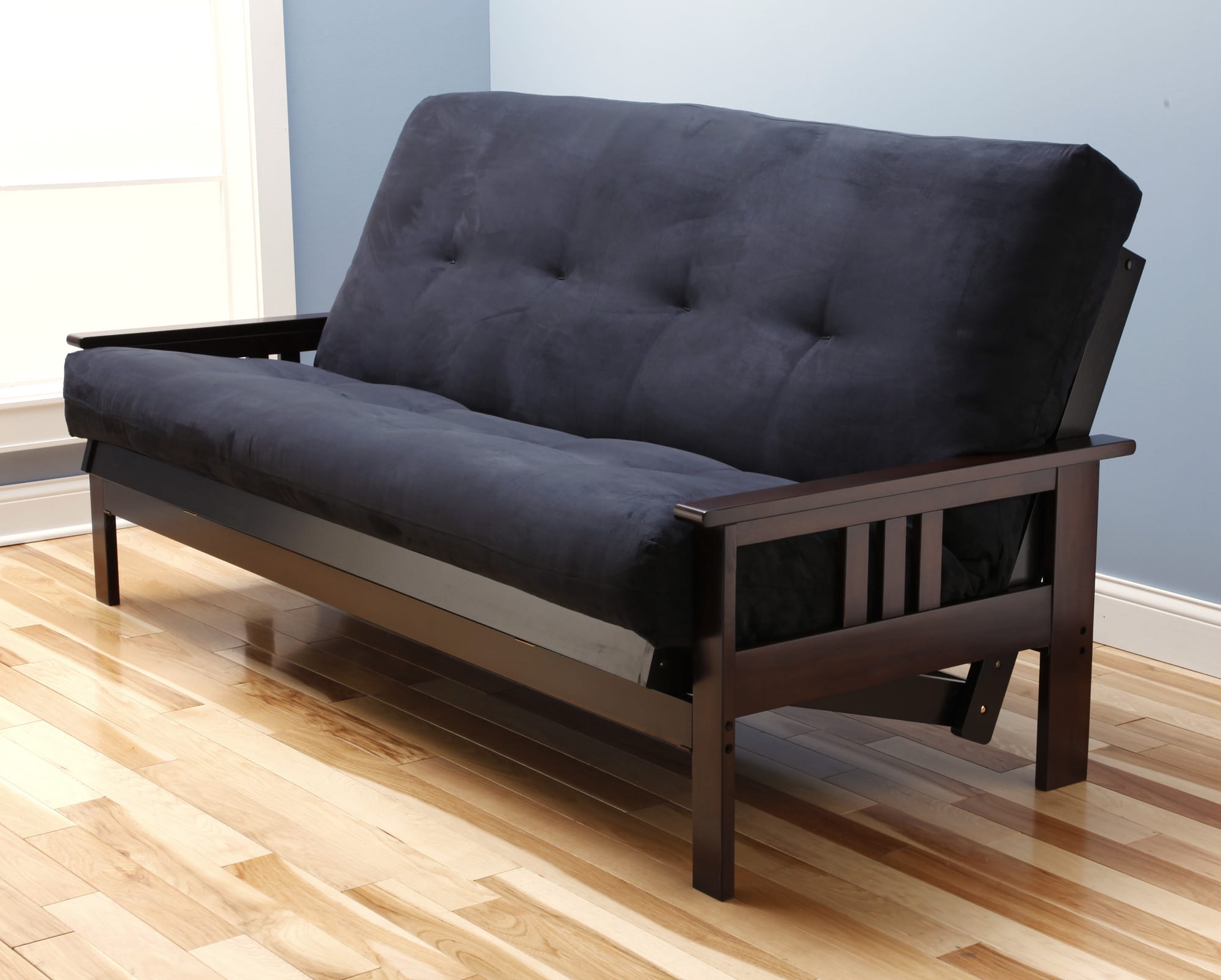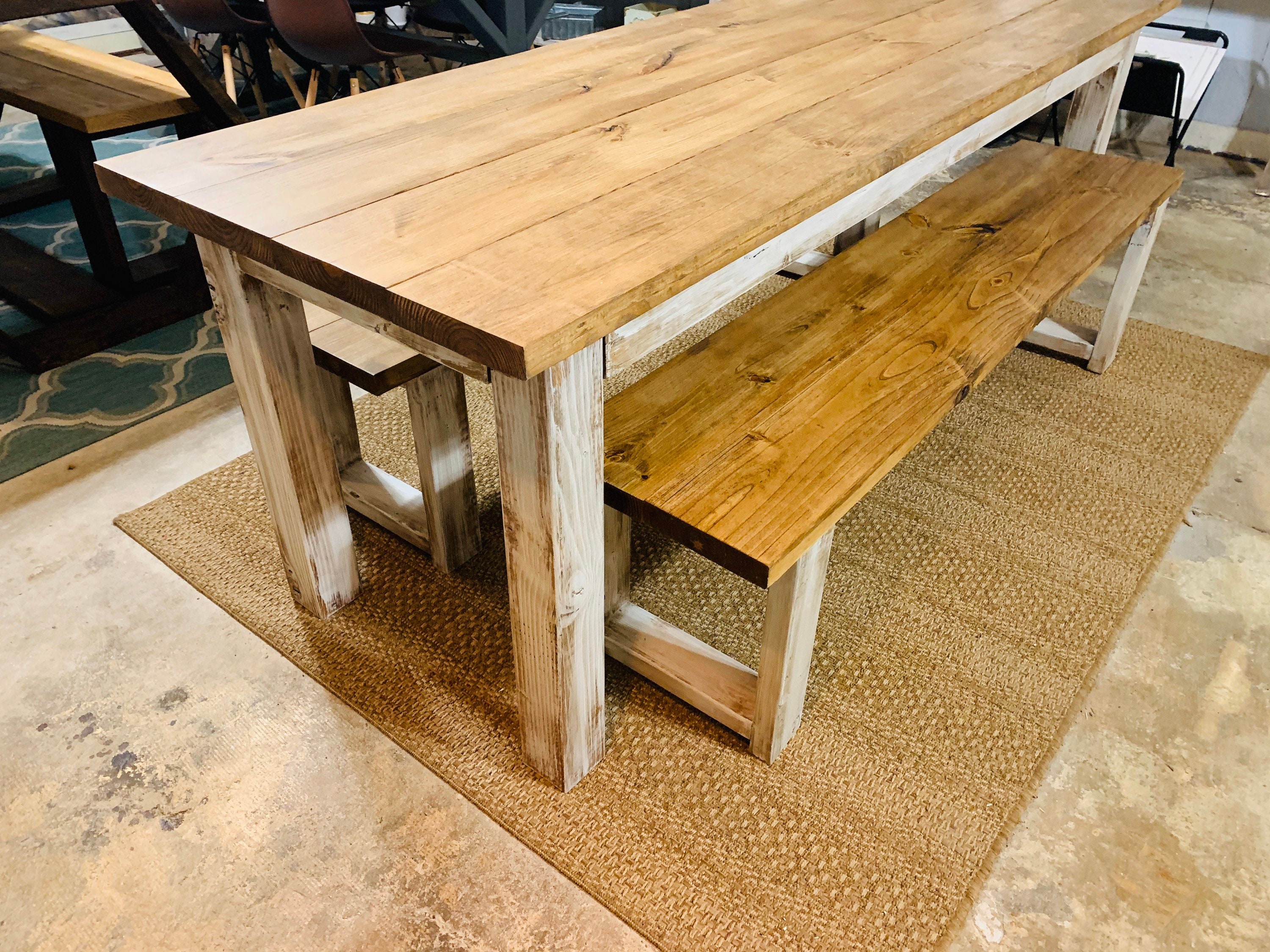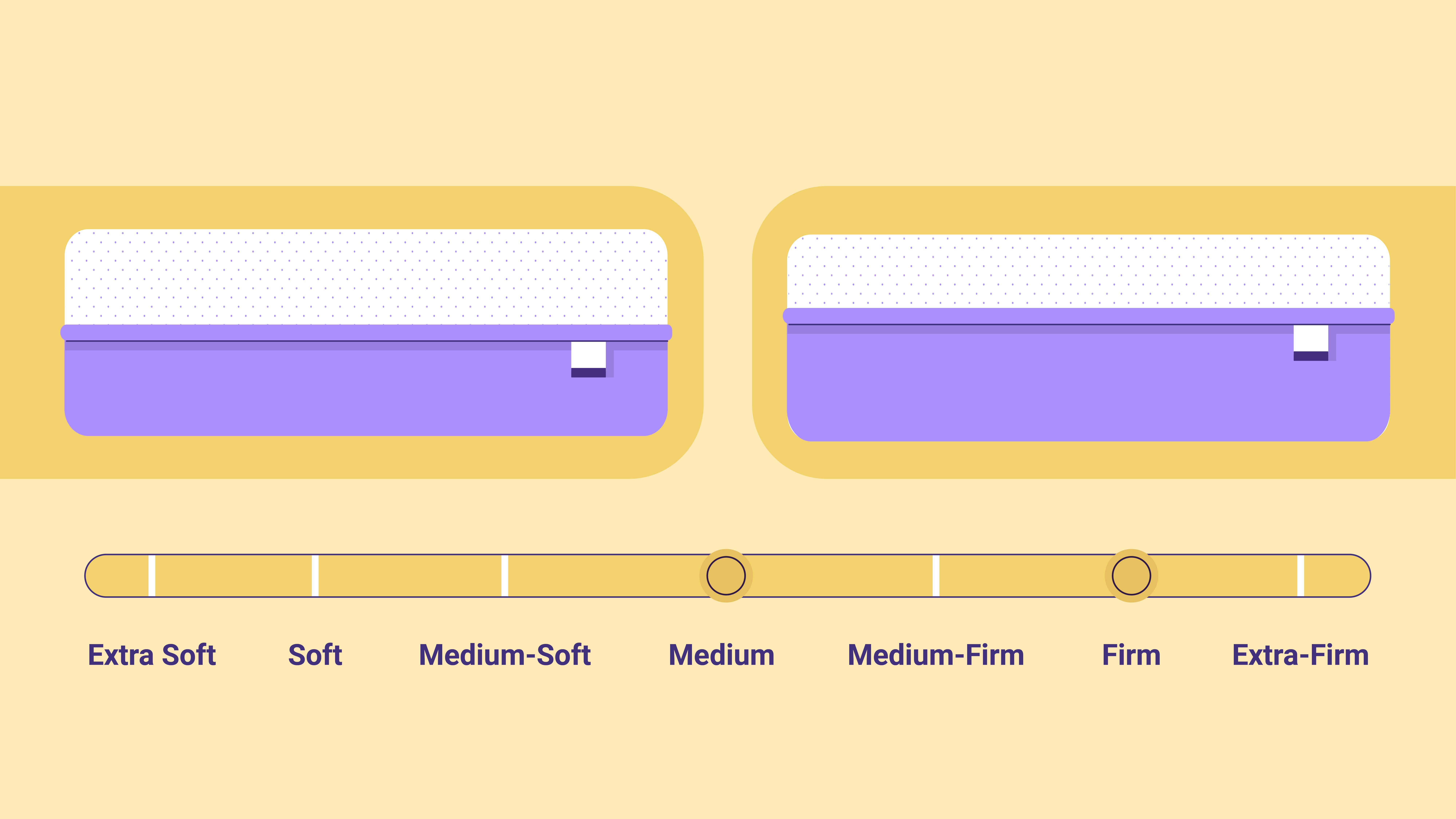When it comes to choosing a stain for your kitchen table, there are a few important factors to consider. The right stain can not only enhance the natural beauty of your table, but also protect it from daily wear and tear. Here are some tips to help you choose the perfect stain for your kitchen table.1. How to Choose the Right Stain for Your Kitchen Table
Before you start browsing through different stain options, it's important to determine the type of wood your kitchen table is made of. Different types of wood will react differently to stains, so make sure to do your research beforehand. You should also consider the overall style and color scheme of your kitchen to find a stain that will complement it.2. Tips for Selecting the Perfect Stain for Your Kitchen Table
When it comes to durability and beauty, oil-based stains are a popular choice for kitchen tables. They penetrate deep into the wood and provide a rich, long-lasting color. Water-based stains, on the other hand, are easier to clean up and have a faster drying time. However, they tend to be less durable and may require more frequent reapplication.3. The Best Stains for a Durable and Beautiful Kitchen Table
Stain color is a personal preference, but it's important to choose one that will complement the rest of your kitchen. Darker stains, such as espresso or walnut, can add a touch of elegance and sophistication, while lighter stains, like oak or pine, can create a more rustic and cozy feel. Consider using a sample piece of wood to test out different stains and see how they look in your kitchen before making a decision.4. Choosing the Perfect Stain Color for Your Kitchen Table
Aside from the type and color of stain, there are a few other factors to keep in mind when choosing the right one for your kitchen table. These include the level of sheen, the amount of coverage, and the level of toxicity. Some stains may have a glossy finish, while others may have a matte finish. It's also important to consider the amount of coverage the stain provides - some may require multiple coats for a richer color. Lastly, if you have pets or young children, you may want to opt for a stain with low levels of toxicity.5. Factors to Consider When Choosing a Stain for Your Kitchen Table
With so many stain brands on the market, it can be overwhelming trying to decide which one to choose. Some popular brands for kitchen tables include Minwax, Varathane, and General Finishes. These brands offer a wide range of colors and finishes to choose from, as well as different levels of durability and toxicity.6. Top Stain Brands for Kitchen Tables
Before you start staining, it's important to properly prepare your kitchen table. This includes sanding down the surface to remove any imperfections and create a smooth surface for the stain to adhere to. Make sure to also clean the table thoroughly to remove any dirt or debris that could affect the staining process.7. How to Prep Your Kitchen Table for Staining
As mentioned earlier, there are two main types of stains - oil-based and water-based. Oil-based stains tend to have a richer color and longer-lasting finish, but they can also be more difficult to clean up and have a longer drying time. Water-based stains, on the other hand, are easier to clean up and have a faster drying time, but may not provide the same level of durability as oil-based stains.8. The Difference Between Oil-Based and Water-Based Stains for Kitchen Tables
To achieve a professional finish on your kitchen table, it's important to follow proper staining techniques. This includes using long, even strokes with a brush or cloth to apply the stain and wiping off any excess stain before it dries. It's also recommended to apply multiple thin coats of stain rather than one thick coat to avoid any streaks or unevenness.9. Staining Techniques for a Professional Finish on Your Kitchen Table
Once your kitchen table is stained, it's important to properly maintain it to ensure its longevity. This includes regularly cleaning it with a gentle wood cleaner and avoiding any harsh chemicals or abrasive cleaners. If your table starts to show signs of wear and tear, you can easily refinish it by sanding down the surface and applying a fresh coat of stain. In conclusion, choosing the right stain for your kitchen table requires some careful consideration and research. By keeping these tips in mind and following proper staining techniques, you can achieve a beautiful and durable finish that will enhance the overall look of your kitchen. Don't be afraid to experiment with different stain colors and brands to find the perfect one for your unique style. And remember, proper maintenance is key to keeping your stained kitchen table looking its best for years to come.10. Maintaining and Refinishing Your Stained Kitchen Table
Why Choosing the Right Stain for Your Kitchen Table is Important

Protecting Your Investment
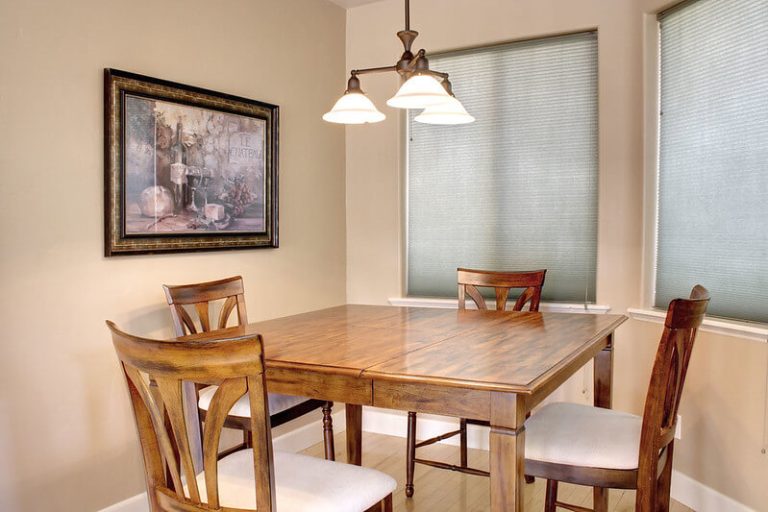 Your kitchen table is not just a piece of furniture, it's an investment in your home. It's where you gather with family and friends to share meals and create memories. That's why it's crucial to choose the right stain for your kitchen table. A good stain not only enhances the natural beauty of the wood, but it also protects it from spills, scratches, and other forms of wear and tear.
After all, nobody wants to see their beautiful kitchen table ruined by a careless spill or a scratch from a hot dish.
Your kitchen table is not just a piece of furniture, it's an investment in your home. It's where you gather with family and friends to share meals and create memories. That's why it's crucial to choose the right stain for your kitchen table. A good stain not only enhances the natural beauty of the wood, but it also protects it from spills, scratches, and other forms of wear and tear.
After all, nobody wants to see their beautiful kitchen table ruined by a careless spill or a scratch from a hot dish.
Enhancing Your Kitchen Design
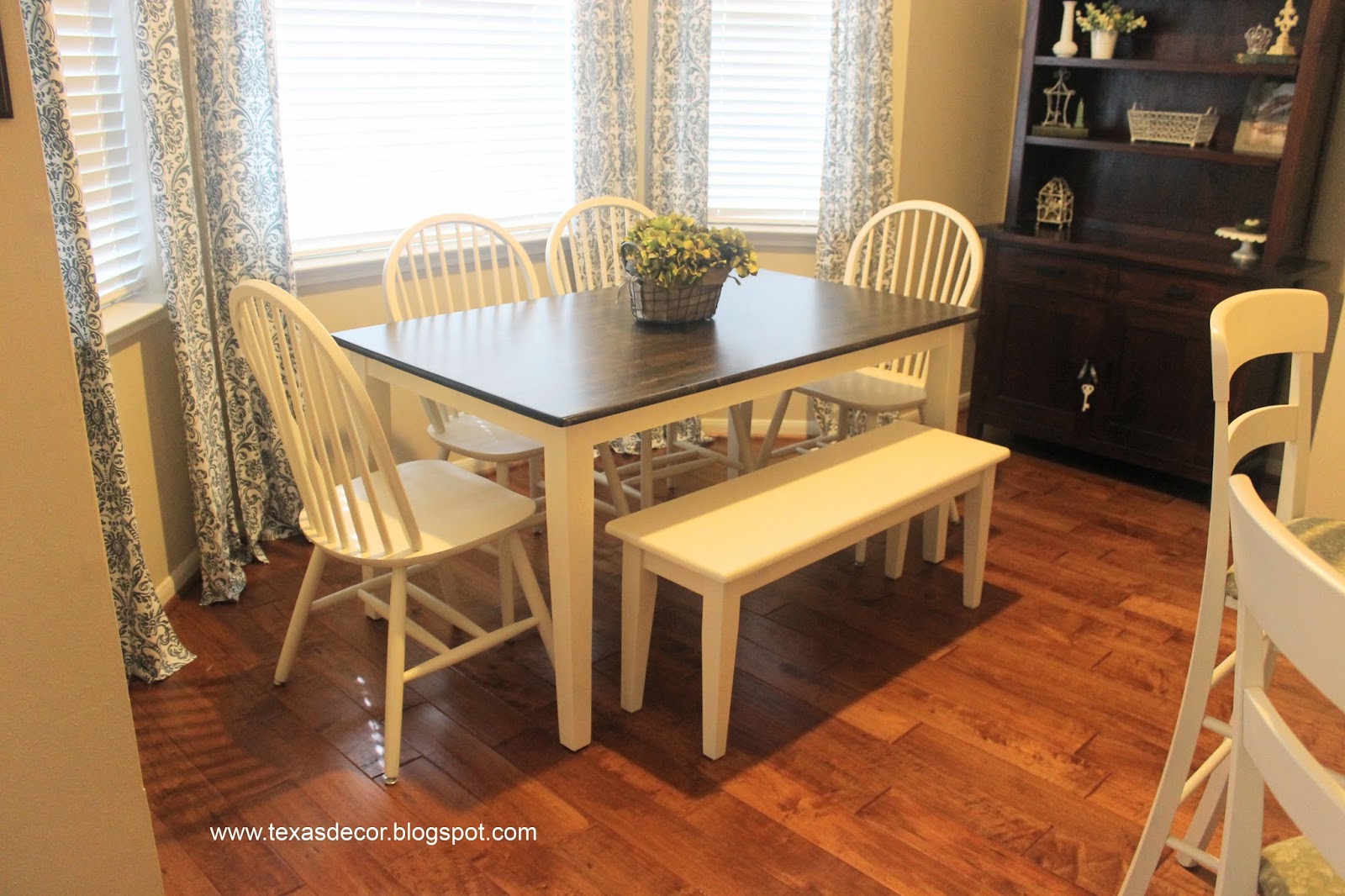 Your kitchen table is also a major design element in your kitchen.
Choosing the right stain can tie your kitchen's design together and create a cohesive look.
Whether you have a rustic farmhouse kitchen or a modern minimalist one, there's a stain that can complement and enhance your design.
For example, if you have a light and airy kitchen, a light stain can help create a bright and open feel.
On the other hand, if you have a more traditional kitchen, a darker stain can add warmth and character.
Your kitchen table is also a major design element in your kitchen.
Choosing the right stain can tie your kitchen's design together and create a cohesive look.
Whether you have a rustic farmhouse kitchen or a modern minimalist one, there's a stain that can complement and enhance your design.
For example, if you have a light and airy kitchen, a light stain can help create a bright and open feel.
On the other hand, if you have a more traditional kitchen, a darker stain can add warmth and character.
Personalization and Expression
 Choosing a stain for your kitchen table is also an opportunity to express your personal style and taste.
Are you drawn to bold and vibrant colors or do you prefer more natural and neutral tones? Do you want your kitchen table to make a statement or blend in with the rest of your kitchen? The right stain can help you achieve the look and feel you want for your kitchen.
Additionally, you can also choose from different finishes such as matte, glossy, or distressed to add even more personality to your kitchen table.
Choosing a stain for your kitchen table is also an opportunity to express your personal style and taste.
Are you drawn to bold and vibrant colors or do you prefer more natural and neutral tones? Do you want your kitchen table to make a statement or blend in with the rest of your kitchen? The right stain can help you achieve the look and feel you want for your kitchen.
Additionally, you can also choose from different finishes such as matte, glossy, or distressed to add even more personality to your kitchen table.
Longevity and Maintenance
 A good stain not only protects your kitchen table but also makes it easier to maintain.
By choosing a high-quality stain, you can ensure that your kitchen table will last for years to come.
Some stains also have added features such as UV protection, which can prevent the wood from fading over time.
In terms of maintenance, a stain can make your kitchen table more resistant to stains and spills, making it easier to clean and maintain its beauty.
In conclusion, choosing the right stain for your kitchen table is crucial for protecting your investment, enhancing your kitchen design, personalizing your space, and ensuring the longevity and maintenance of your kitchen table.
Take the time to research and choose a stain that not only fits your style and design but also provides the necessary protection and durability for your kitchen table.
With the right stain, you can enjoy your kitchen table for years to come.
A good stain not only protects your kitchen table but also makes it easier to maintain.
By choosing a high-quality stain, you can ensure that your kitchen table will last for years to come.
Some stains also have added features such as UV protection, which can prevent the wood from fading over time.
In terms of maintenance, a stain can make your kitchen table more resistant to stains and spills, making it easier to clean and maintain its beauty.
In conclusion, choosing the right stain for your kitchen table is crucial for protecting your investment, enhancing your kitchen design, personalizing your space, and ensuring the longevity and maintenance of your kitchen table.
Take the time to research and choose a stain that not only fits your style and design but also provides the necessary protection and durability for your kitchen table.
With the right stain, you can enjoy your kitchen table for years to come.











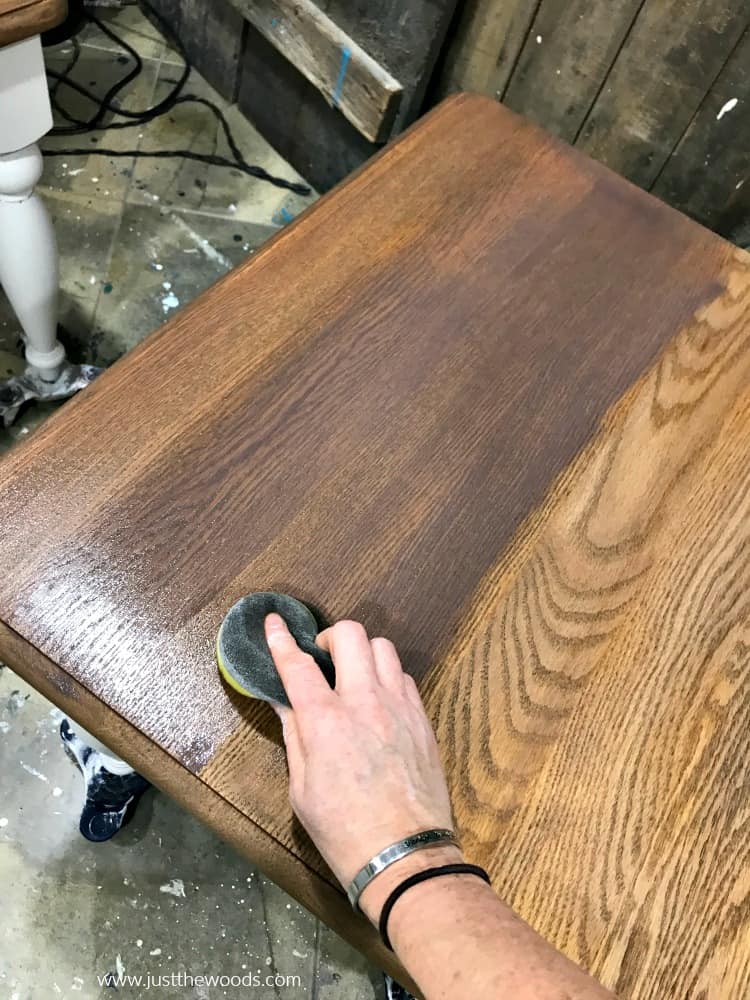
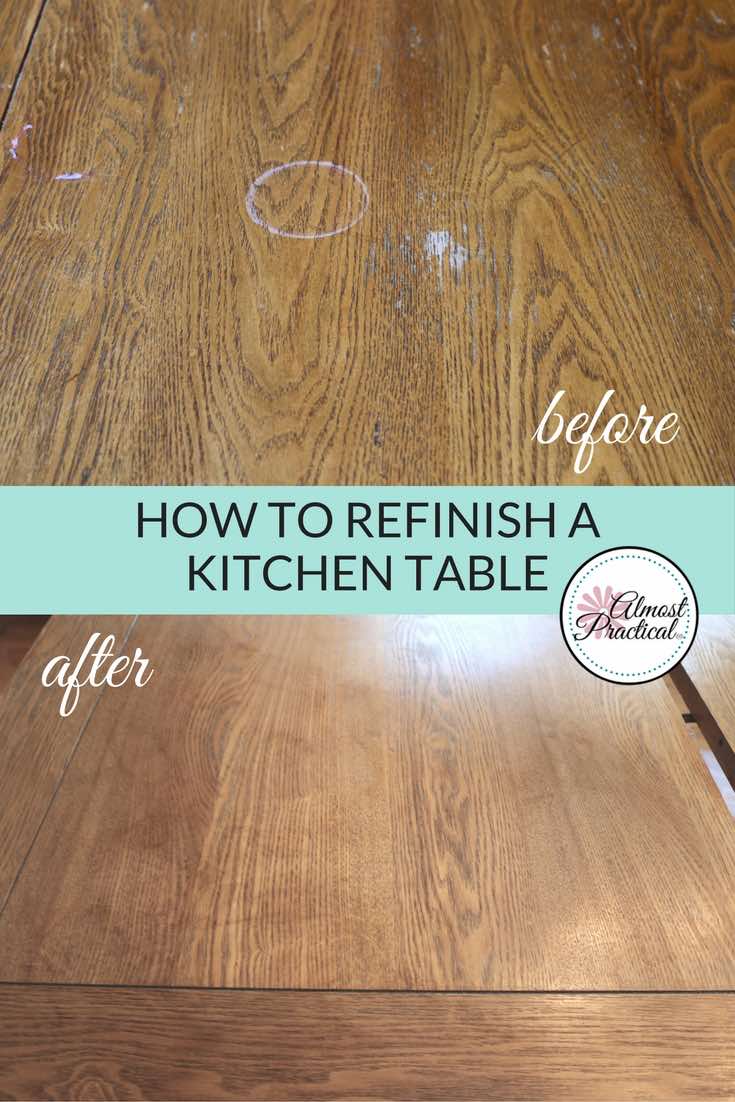




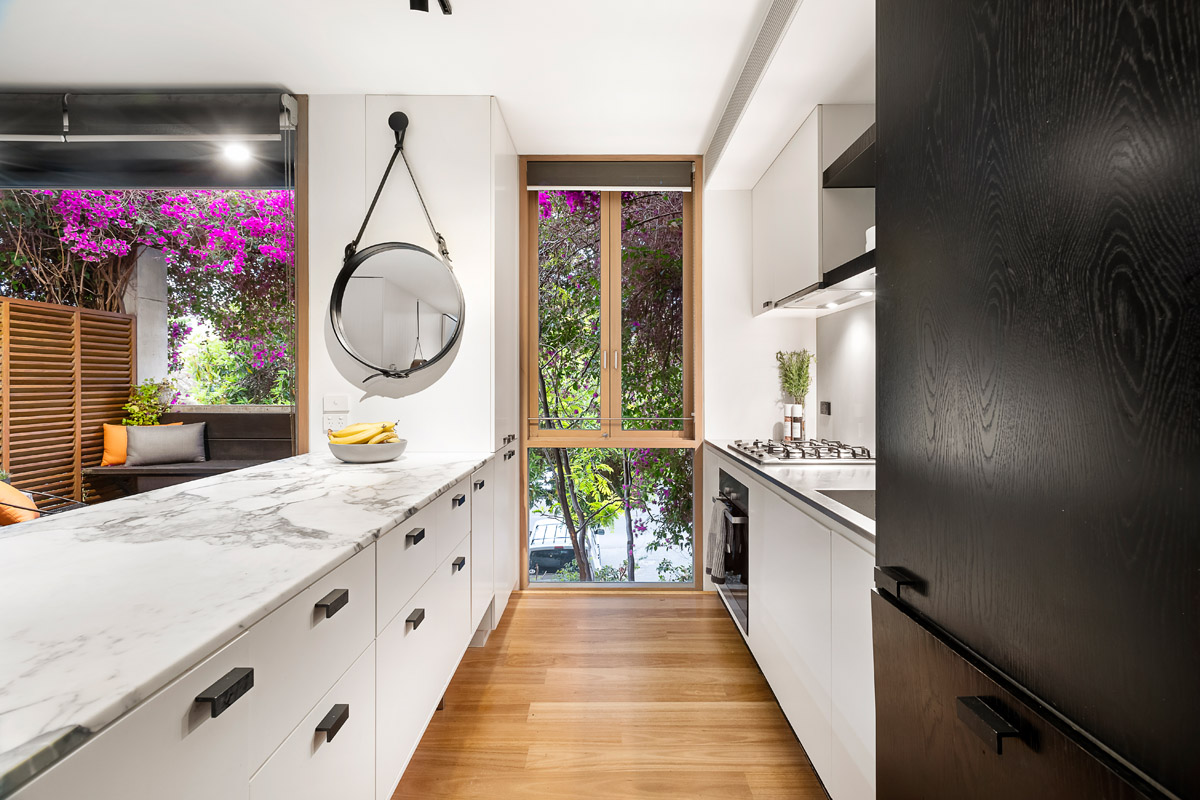










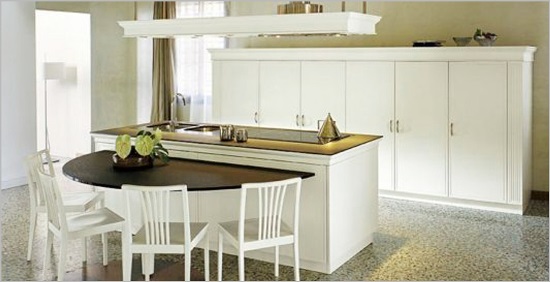









:max_bytes(150000):strip_icc()/kitchen-table-ideas-1-mary-patton-cd84d042b0d641869f73f397981369b4.jpeg)
